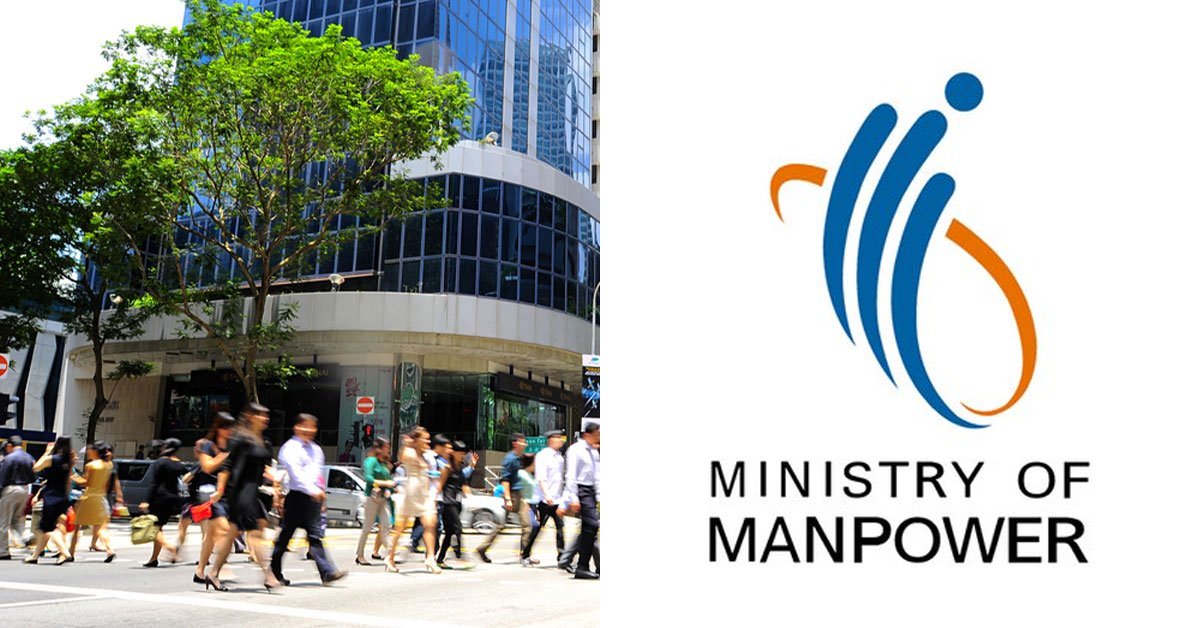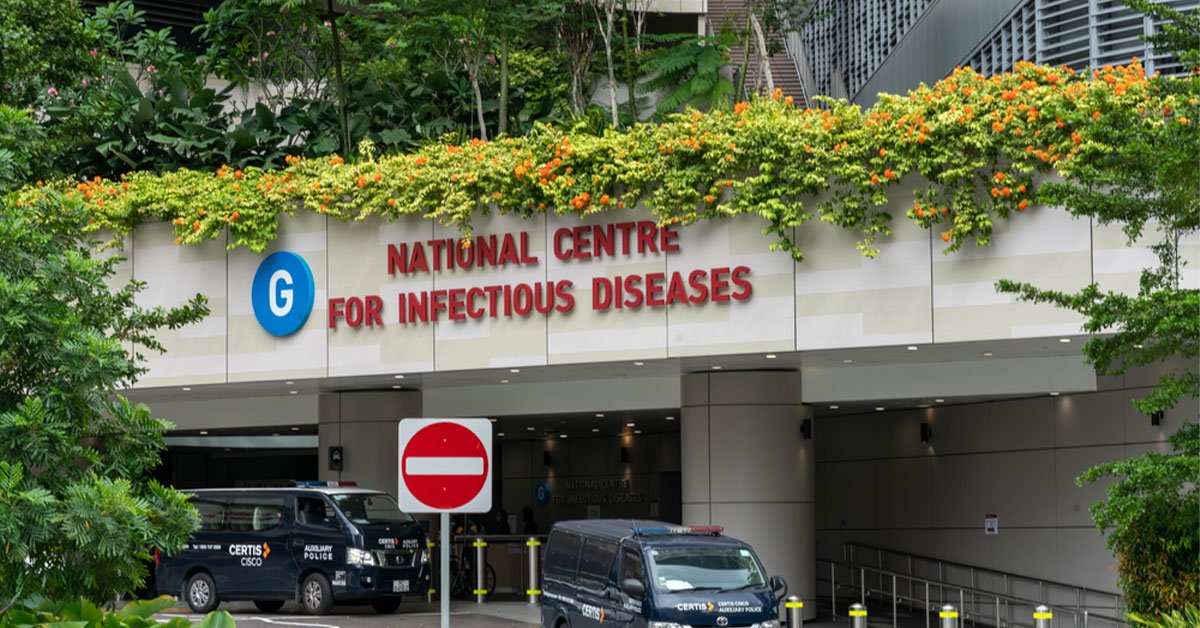Covid-19 isn’t going to go away anytime soon.
In fact, it’s been mentioned that this devious coronavirus might be here to stay for quite some time.
Which is why everyone in Singapore, from all walks of lives, are stressed out right now.
The government is wondering how they can sustain the economy throughout this crisis.
Employers are worried about their businesses’ survivability.
And employees are wondering if they’ll still have a job come tomorrow.
If you’re an employee and you’re worried about your rice bowl, I’ve got great news for you.
Workers Are The Focus Of The Government
When DPM Heng Swee Keat announced the government’s intention to introduce a second stimulus package, he added that workers (read: employees) are the focus of their help this time.

He emphasised that workers are the lifeblood of the company.
Instead of letting them go, employers should make use of the various schemes available to train them up so they’ll reap even more profits for the companies.
By the way, if you’re thinking, aiya, say only lah. The government really will help us meh?
They’re now showing their love through actions instead of simple words.
Join our telegram channel for more entertaining and informative articles at https://t.me/goodyfeedsg or download the Goody Feed app here: https://goodyfeed.com/app/
Companies With Cost-Cutting Measures Must Inform MOM About Their Actions
From 12 Mar 2020 onwards, any companies who undertake cost-cutting measures involving employees’ salaries must inform the Ministry of Manpower. Not just that, they must be able to show that this is done fairly.
Which is great because now, when your boss cuts your salary, you know it’s not because he wants to buy a new BMW.
MOM was candid about their purpose.
Citing this move as a “temporary measure”, they said that this will encourage companies to have a sense of social responsibility.
In other words, to make sure that companies are not cutting your pay to maximise their own profits.
They added that this will prevent salary disputes in the future as well.
But it’s not a lose-lose situation for employers, though.
Through the notification system, the Ministry can accurately gauge the extent of cost-saving measures companies in Singapore has to resort to.
If needed, they’ll see how else the government can help them (and us, by extension).
Currently, only companies with ten employees or more have to adhere to the new system.
Given how the MOM reacted to alleged cases of employers forcing employees on No-Pay Leave, you know they’re serious about making sure there’s no exploitation during this period.
New Guidelines Launched For Employers To Manage Excess Manpower
And it’s not just the government coming out. Even the NTUC and its tripartite partners have a word or two for employers.
One of the problems they see is businesses not having enough sales, but maintaining the same amount of manpower.
In such a case, companies will normally cut away excess manpower (read: retrench people) immediately to save on costs.
Advertisements
However, the tripartite partners, meaning MOM, the National Trades Union Congress (NTUC) and the Singapore National Employee Federation (SNEF) are advising employers against doing that.
MP Patrick Tay, who’s also the Assistant-Secretary General of the National Trades Union Congress (NTUC), has said that he is looking at ways to reach out not just to workers in the “heavily-hit” industries, but at those who fall through the cracks of the existing help.
Other than calling for faster disbursement of help for companies who are already “feeling the effect” of the Covid-19 situation, he and his team, together with the tripartite partners have gotten together to draft out a refreshed guideline for companies.
They said that retrenchment should be the last resort and employers should take a “long-term view” of the situation.
Advertisements
The guidelines published is supposed to be a step-by-step guide where companies should follow in chronological order.
Boss, you really must read this.
Four-Step Guidelines
Step 1: Adjust Work Arrangements Without Pay Cuts
Your employees have nothing to do? Send them for training to upgrade their skills. As for the money, you can receive absentee payroll subsidies for employees who went for training.
So at the end of the day, you’ll get a better-trained employee at the fraction of the cost of maintaining their employment.
Employers can also consider redeploying employees to other areas within the company or implement a flexible work schedule.
Step 2: Adjust Work Arrangements With Pay Cuts
Should you not be able to afford continued operation without pay cuts, how about keeping employees employed but with pay cuts.
You can employ shorter work weeks, get your employees to share jobs or even temporarily lay people off for a duration not more than a month.
Of course, if your boss decides on a pay cut, it has to be justified to MOM.
Advertisements
Step 3: Direct Adjustments To Wages
You’ll probably know about this. Just look at what SP Group or SingPost did.
With the consent of employees and unions, companies can also choose to freeze wage increments, bonuses or other allowances.
Step 4: Unpaid Leave
And finally, you can consider getting employees to go on unpaid leave if you have tried the three steps above and it’s still not enough.
Of course, they also urge that senior management should lead by example no matter what cost-cutting measures are used.
You can read more about the new guidelines here.
In short, the Covid-19 outbreak is taking a toll on Singapore, not just mentally or in terms of health, but economically as well.
But with that said, everyone’s doing their part to make sure we all pull through, so us Singaporeans have to as well.
So stay safe, wash your hands frequently with soap and don’t go out if you’re unwell.



